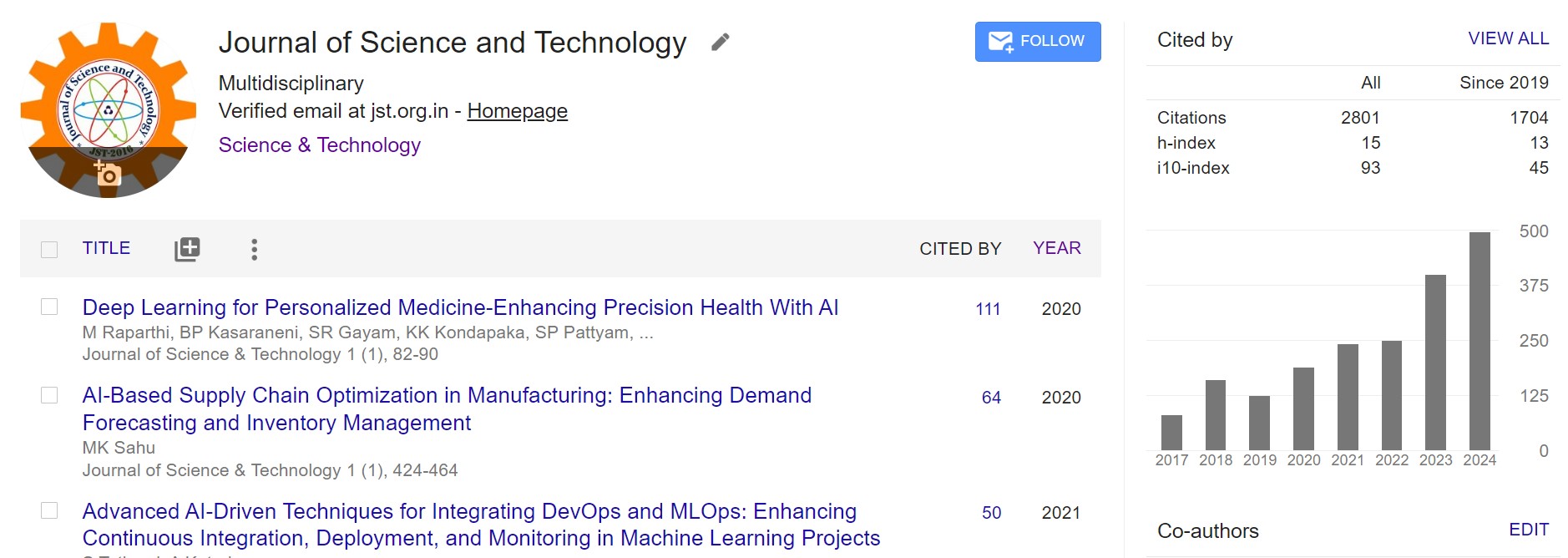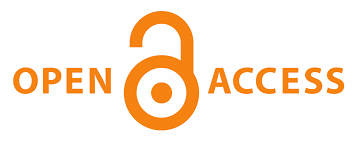An Efficient Single Instance Scheme With User Authentication To Cloud Data
DOI:
https://doi.org/10.46243/jst.2023.v8.i07.pp152-157Keywords:
Cloud storage, Dropbox, Mozy, Perfect Hashing, Storage, Encryption, Attacks, PrivacyAbstract
Cloud Storage is a computer data storage method where digital data is stored on servers in off-site locations, managed by a third-party provider. This enables organizations to store, access, and maintain data without owning and operating their own data centers. Cloud storage is scalable, allowing organizations to expand or reduce their data footprint depending on their needs. Users upload data to servers via internet, which is saved on a virtual machine on a physical server. Cloud providers often spread data to multiple virtual machines in global data centers to maintain availability and redundancy. Google Cloud offers various scalable options for organizations to store their data in the cloud. The widespread use of cloud computing has made data sharing and storage more accessible, but concerns about data integrity, efficiency, and privacy remain. Duplication, a popular method of data compression, is used to reduce duplicate copies of data in cloud storage. However, data duplication also raises security and privacy concerns, as users' confidential data is vulnerable to attacks from insiders and outsiders. Traditional solutions for duplication, based on convergent encryption, provide confidentiality but do not maintain duplicate checks based on differential permissions. This paper proposes an approved data duplication plan that counts the number of users with differential privileges in the duplicate check.Users with differential privileges are added to the duplicate check, and files are encrypted with differential privilege keys to maintain stronger security. Users can only access files marked with matching privileges for copy checks. A third-party auditor can confirm file occurrence after duplication in the cloud, ensuring timely uploads. This paper offers advantages for both storage providers and users through duplication systems and auditing methods


























